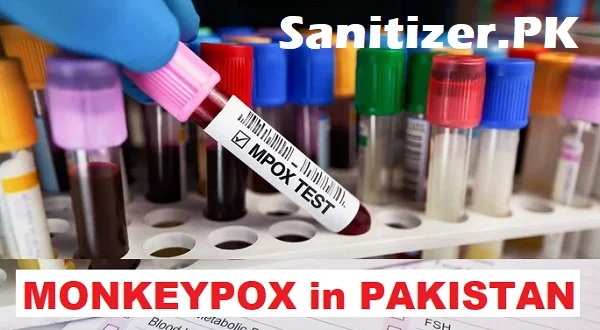Monkeypox is a viral disease related to smallpox, typically less severe, and transmitted through contact with infected individuals, animals, or contaminated objects. Symptoms include fever, headache, and a rash that progresses through various stages. Although most recover, those with weakened immune systems may face serious complications.
Monkeypox is a viral disease that belongs to the same family as smallpox, but it’s generally less severe. The virus was first discovered in monkeys, which is how it got its name, although it can also infect other animals like rodents. People can catch monkeypox through close contact with an infected person or animal, or by touching contaminated objects like bedding or clothing. The virus enters the body through broken skin, the respiratory tract, or the mucous membranes (eyes, nose, or mouth).
The symptoms of monkeypox start out similar to the flu, with fever, headache, muscle aches, and swollen lymph nodes. After a few days, a rash develops, usually starting on the face and then spreading to other parts of the body. The rash goes through several stages, starting as flat red spots, which then turn into raised bumps, and eventually into fluid-filled blisters that crust over and fall off.
While monkeypox is not as contagious or deadly as smallpox, it can still cause significant discomfort and, in rare cases, lead to complications. Most people recover within a few weeks without needing special treatment, but in some cases, especially in those with weakened immune systems, the disease can be more serious. There is no specific treatment for monkeypox, but vaccines developed for smallpox can help protect against it.

